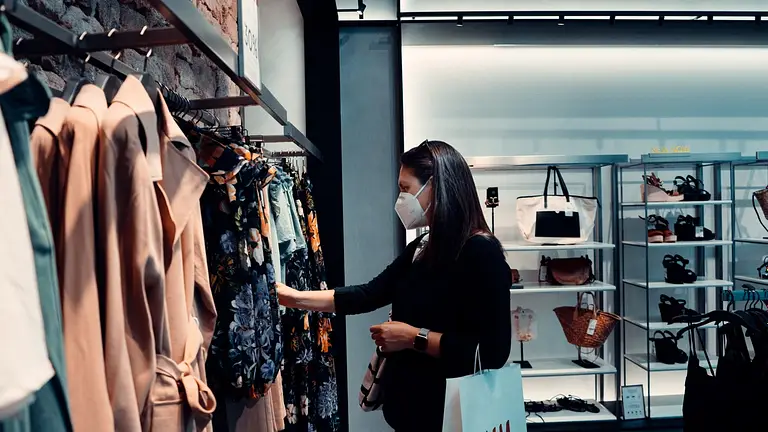Designing for different types of retail spaces (boutiques, department stores, etc.)
Designing for different types of retail spaces is essential for creating an effective and engaging customer experience. Whether you’re designing a boutique, department store, or any other type of retail space, there are a number of key considerations to keep in mind. By understanding the unique needs and requirements of different types of retail spaces, you can create a space that is both functional and visually appealing.
When it comes to designing boutiques, the focus is often on creating a unique and personalized customer experience. This can be achieved by incorporating a variety of design elements, such as custom lighting, unique materials, and a curated product selection. Additionally, creating a sense of luxury and exclusivity is also important for boutiques. This can be achieved through the use of high-end materials, such as marble and gold accents, and by creating a sense of intimacy and exclusivity through the use of smaller spaces.
Department stores, on the other hand, often focus on creating a sense of variety and choice for customers. This can be achieved through the use of large, open spaces and the use of a variety of different product categories, such as clothing, electronics, and home goods. Additionally, creating a sense of excitement and discovery is also important for department stores. This can be achieved through the use of interactive displays, digital signage, and other cutting-edge technologies.
When it comes to designing supermarkets, the focus is often on creating a functional and efficient space. This can be achieved through the use of clear and easy-to-read signage, wide aisles, and the use of appropriate lighting and temperature control. Additionally, creating a sense of freshness and quality is also important for supermarkets. This can be achieved through the use of natural materials, such as wood and stone, and by using natural light to create a sense of openness and airiness.
Convenience stores, on the other hand, are often focused on creating a quick and easy shopping experience for customers. This can be achieved through the use of smaller spaces and the use of a limited product selection. Additionally, creating a sense of convenience and speed is also important for convenience stores. This can be achieved through the use of self-checkout machines, digital signage, and other technologies that make the shopping experience faster and more efficient.
In conclusion, designing for different types of retail spaces is essential for creating an effective and engaging customer experience. By understanding the unique needs and requirements of different types of retail spaces, such as boutiques, department stores, supermarkets, and convenience stores, you can create a space that is both functional and visually appealing. Whether you’re focused on creating a sense of luxury and exclusivity, variety and choice, freshness and quality, or convenience and speed, there are a number of key design elements and considerations that can help you achieve your goals.








